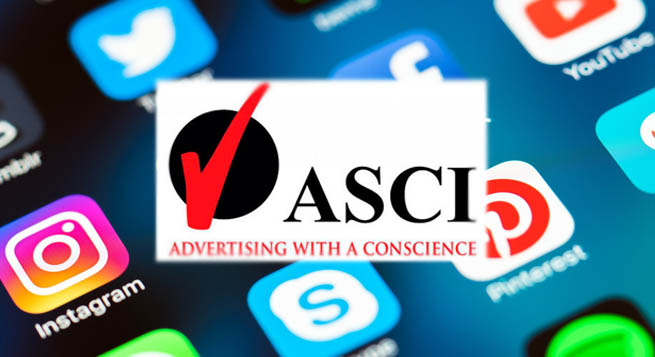To enable consumers to easily recognize promotional content on digital platforms, the Advertising Standards Council of India (ASCI) has released draft guidelines for influencer advertising on digital media.
The proposed guidelines seek to remove the blurring of lines between personal posts by influencers and those that are sponsored or advertisements or are commercial in nature.
According to a statement put out by ASCI, the guidelines for influencers advertising on digital media will be available for all stakeholders, including industry, digital influencers as well as consumers for feedback till March 8, 2021. Based on the feedback and inputs, the final guidelines will be issued by ASCI by March 31, 2021.
This guideline will be applicable to all promotional posts published on or after April 15, 2021.
In keeping with the changing marketing paradigm, ASCI has closely followed advertising content on digital platforms. Last September, it associated with TAM Media Research to monitor more than 3,000 digital platforms for misleading marketing messages. With the guidelines, ASCI will assist consumers, brands and content creators to ensure all stakeholders’ interests are preserved through a self- regulatory approach, the statement said.
According to digital marketing agency Ad Lift, India’s influencer market is estimated at $75-$150 million a year as compared to the global market of $1.75 billion. This is an industry that has become mainstream within the advertising space, and is only expected to grow as more Indians go online.
It’s no wonder that brands across sectors are associating with influencers to get across their marketing messages. So, much of what influencers post is promotional and a lot of it is not identified as such. Such non-disclosure is a disservice to consumers and is misleading, ASCI has said.
As per ASCI’s Trust in Advertising Report, released last December, viewership of ads on digital platforms is virtually the same in rural (82%) and metro (83%) areas. Keeping in mind the growing consumption of digital advertising, the influencer guidelines were the need of the hour.
The guidelines were a collaborative effort with influencers. ASCI teamed up with Big Bang. Social, a leading marketplace for social storytelling, to get India’s leading digital influencers’ views on board.
The statement quoted Subhash Kamath, Chairman, ASCI, as saying: “The digital space is vast. However, promotional content is often indistinguishable from regular posts. Consumers have the right to easily recognize promotional content. The guidelines will help consumers identify promotional content and also guide digital influencers. We look forward to feedback from industry stakeholders, including more influencers, which would help us make the digital space more responsible for all.”
Kamath further added that digital was no longer niche, thanks to mobile telephony, internet connectivity and newer formats. “It’s already mass and growing exponentially. However, the lines between advertising and content is blurring. And, promotional content is often indistinguishable from regular posts. Consumers should have the right to easily differentiate between the two before making a choice. These guidelines, therefore, will not only help consumers but also guide social media influencers to become more responsible,” he explained.
The draft guidelines for influencer advertising on digital media are as follows:
- Advertisements must be obviously distinguishable by the average consumer from editorial and independent user-generated content, to prevent the audience from being confused between the two. Therefore, a disclosure label must be added from the list of approved labels. Only permitted disclosure labels will be considered as adequate as consumers may not be familiar with various creative ways in which advertisers and influencers may wish to convey that the said communication is an advertisement. Examples of such advertisements could be paid music promotion in a video, promoting a store or a brand through a post on the influencers media handle
- The disclosure label used to highlight advertising content needs to be upfront (within the first two lines of any given platform, such that a consumer need not click on see more or have to scroll under the fold), prominent (so people don’t miss it), appropriate for the channel (what can you see and when) and suitable for all potential devices (it needs to be visible regardless of the device used, or platform such as website or app etc.).
- The disclosure label must be in English or translated into the language of the advertisement in a way that it is well understood by the average consumer who is viewing the advertisement.
- Blanket disclosures in a profile/bio/about section will not be considered adequate because people visiting the site might read individual reviews or watch individual videos without seeing the disclosure on another page
- If the advertisement is only a picture post such as Instagram stories or Snapchat, the label needs to be superimposed over the picture and it should be ensured that the average consumer is able to see it clearly.
- In the case of video not accompanied by a text post, the disclosure label should be superimposed on the video in a manner that is easily visible to the viewer. For videos that last 15 seconds or lesser, the disclosure label must stay for a minimum of 2 seconds. For videos longer than 15 seconds, but less than 2 minutes, the disclosure label stays for 1/3rd the length of the video. For videos which are 2 minutes or longer, the disclosure label must stay for the entire duration of the section in which the promoted brand or its features, benefits etc. are mentioned. In live streams, the disclosure label should be placed periodically, for 5 seconds at the end of every minute so that users who see part of the stream can see the disclosure.
- In the case of audio media, the disclosure label must be clearly announced at the beginning and at the end of the audio.
- Filters should not be applied to social media advertisements if they exaggerate the effect of the claim that the brand is making— for example makes hair shinier, teeth whiter etc.
- The influencer must do their due diligence about any technical or performance claims made by them such as 2X better, effect lasts for 1 month, fastest speed, best in class etc. Evidence of due diligence would include correspondence with the advertiser or brand owner confirming that the specific claim made in the advertisement is capable of scientific substantiation.
- It is recommended that the contractual agreement between advertiser and influencer carries clauses pertaining to disclosure, use of filters as well as due diligence
Ready Reckoner for Social Media Platforms

Instagram: Disclosure label to be included in the title above the photo/beginning of the text that shows. If only the image is seen, the image itself must include the label .
 Facebook: Include the disclosure label in the title of the entry or post. If only the image/video is seen, the image/video itself must include the label eg FB story .
Facebook: Include the disclosure label in the title of the entry or post. If only the image/video is seen, the image/video itself must include the label eg FB story .
 Twitter: Include the disclosure label or tag at the beginning of the body of the message as a tag.
Twitter: Include the disclosure label or tag at the beginning of the body of the message as a tag.
Pinterest: Include the disclosure label at the beginning of the message. 

YouTube and other video platforms: Include the label in the title/description of the post.
Vlog: Overlay the disclosure label while talking about the product or service 
Snapchat: Include the disclosure label in the body of the message in the beginning as a tag.
Blog: Include the disclosure label in the title of the post.
ASCI, established in 1985, is committed to the cause of self-regulation in advertising ensuring the protection of the interest of consumers. ASCI seeks to ensure that advertisements conform to its code for self-regulation, which requires advertisements to be legal, decent, honest and truthful and not hazardous or harmful while observing fairness in competition. ASCI looks into complaints across all media.
Importantly, in January 2017, the Supreme Court of India in a judgement affirmed and recognized the self-regulatory mechanism as an effective pre-emptive step to statutory provisions in the sphere of advertising content regulation for TV and radio in India.
 Govt. not considering rules for use of AI in filmmaking: Murugan
Govt. not considering rules for use of AI in filmmaking: Murugan 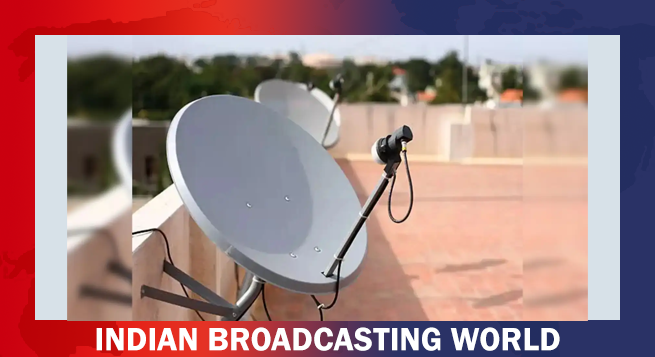 DTH revenue slide to ease to 3–4% this fiscal year: Report
DTH revenue slide to ease to 3–4% this fiscal year: Report 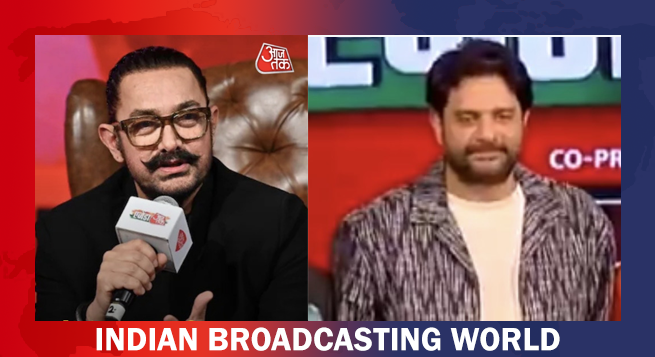 At Agenda Aaj Tak, Aamir, Jaideep Ahlawat dwell on acting, Dharam
At Agenda Aaj Tak, Aamir, Jaideep Ahlawat dwell on acting, Dharam 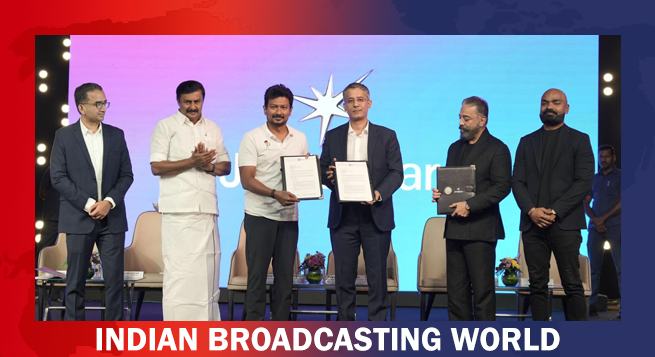 JioHotstar to invest $444mn over 5 years in South Indian content
JioHotstar to invest $444mn over 5 years in South Indian content 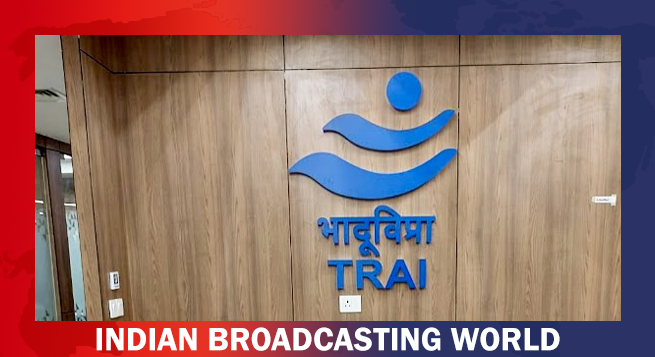 Standing firm, TRAI rejects DoT views on satcom spectrum fee
Standing firm, TRAI rejects DoT views on satcom spectrum fee 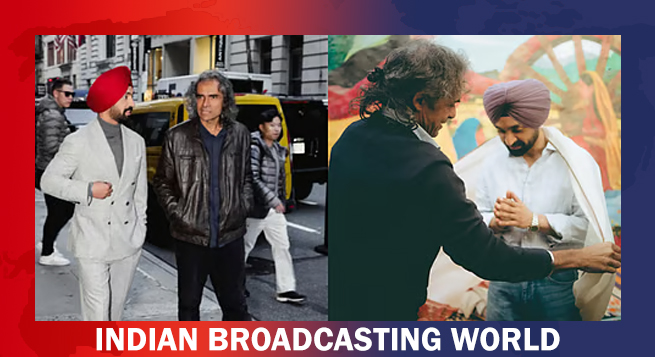 Diljit Dosanjh wraps shoot for untitled Imtiaz Ali film
Diljit Dosanjh wraps shoot for untitled Imtiaz Ali film 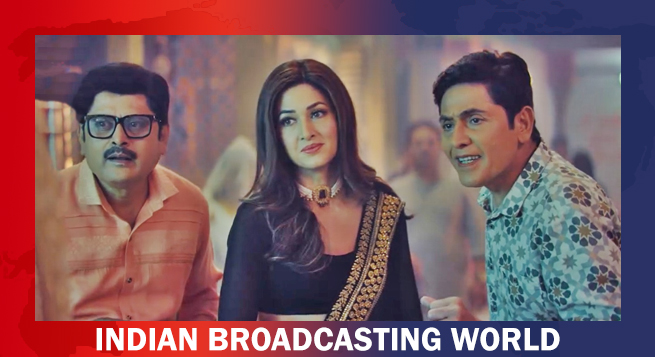 ‘Bhabiji Ghar Par Hai 2.0’ to return with comedy, chaos, a supernatural twist
‘Bhabiji Ghar Par Hai 2.0’ to return with comedy, chaos, a supernatural twist 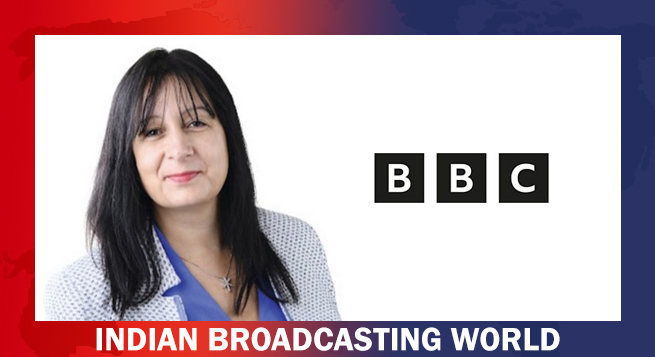 BBC names Bérangère Michel as new Group CFO
BBC names Bérangère Michel as new Group CFO 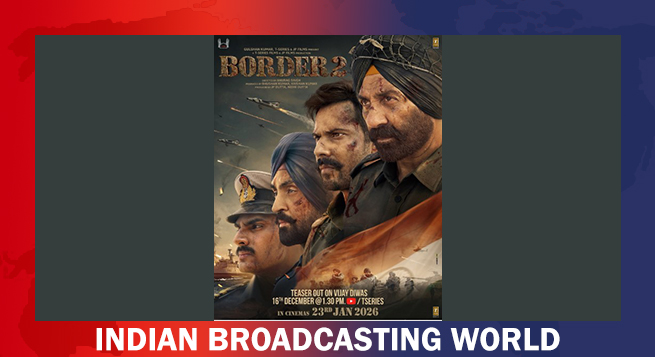 ‘Border 2’ teaser to be unveiled on Vijay Diwas
‘Border 2’ teaser to be unveiled on Vijay Diwas 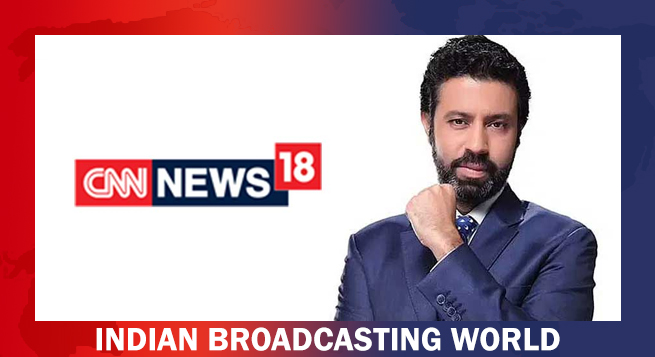 CNN-News18 Rahul Shivshankar takes editorial charge
CNN-News18 Rahul Shivshankar takes editorial charge 



